He Central Committee of the single party in Chinahe communist CCP who runs the country from 1949has closed its plenary session this week with the 15th Five-Year Plan 2026-2030 which pivots on the technical-industrial securitycontrol fiscaland an unusual pruning in the military dome of the People’s Liberation Army (PLA).
All this happens within a few days of a face to face between President Xi Jinping (72) and his American counterpart, Donald Trump (79)in Busan (South Korea), during APEC week, with duty of the 10% base already in force and new rounds of Chinese controls critical minerals as a backdrop.
He President Xi is also CCP and army leaderso decision making is simple in the second economic power: the plenary annual Party decides the script, the Executive – also led by Xi – puts it into motion, and the National People’s Assembly (symbolic parliament, also dominated by Xi) approves by majority the plan he orchestrates the next five years in economy, technology and security.
Los chinese five year plans have governed the economy and politics of the giant since the 1980swith enormous influence on the rest of the planet, from the Reform and Opening Policy to the growth of strategic industries in the last decade.
The presentation of the five-year anniversary has been preceded by a mysterious cleaning in the army leadershipwhich has culminated with the Zhang Shengmin promotion (67), the military anti-corruption “czar”, number two on the Central Military Commission (CMC).
All this after the Expulsion of general Heidong (68)number three, under accusations of corruptionin what constitutes the highest-level beheading in six decades, also accompanied by the expulsion of eight other generals.
Self-sufficiency, AI and debt
He official statement of the plenary speaks of a critical period (2026-2030) to approach what Xi calls the socialist modernization of 2035.
He text of Recommendations to formulate the 15th Five-Year Plan sets the political-technical script: innovation, security and quality of growth, with emphasis on technological self-sufficiency, advanced manufacturing, applied AI, energy and infrastructure.
And with iron discipline on the debt local. That is to say: it is a more defensive than expansive plandesigned to produce more and depend less on the outside in critical links.
This turn coincides with a not very optimistic reality: a year-on-year GDP growth of 4.8% year-on-year in Q3 – the lowest this year –, dwelling in free fall, and Youth unemployment rising to 19%. And external competitiveness that collides with tariff walls.
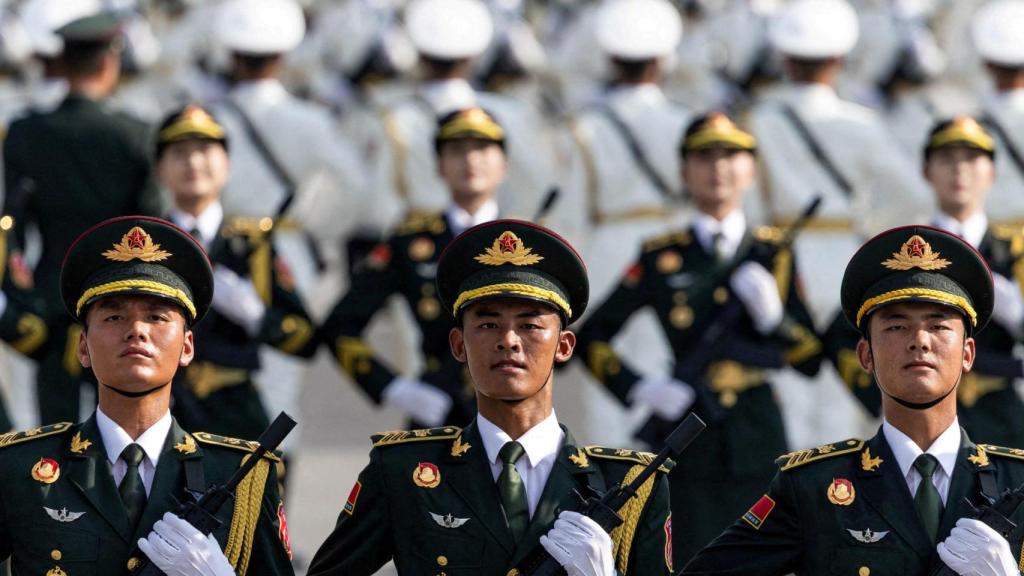
Archive image of the military parade in China.
Beijing assumes that heeasy globalization is over: the new plan seeks selective autonomy (in chips, precision machinery and strategic materials) and industrial resilience to export while facing walls such as tariffs antidumpingexport controls and technological vetoes.
The Chinese license as a regulatory lever—in rare earths and magnets—suggests that supply will increasingly be a political decision and not just based on price, as the IEA indicates.
military discipline
The fall of He Weidongleader of the pro-Xi Eastern Command, and the rise of Zhang Shengmin—secretary of the CMC Discipline Inspection Commission since 2017—are not an isolated episode. He had disappeared from the public eye in the last seven months while he was investigated by alleged corruption “of large sums of money” and disloyalty to Xi.
The same plenary formalized massive replacements in the Central Committee in a purification process that has been impacting the Rocket Force and the Equipment Development Department, the heart of military purchases, for two years.
He Pentagon He already warned in 2024 that this wave could disrupt the 2027 modernization of the PLA. Xi Jinping has now decided to eradicate the problem.
He political message is transparent: no one is safe. Charles Partona veteran former diplomat in China and honorary member of The Council on Geostrategy, summarizes it this way to EL ESPAÑOL: “Xi’s logic is instrumental: clean up the EPL because corruption degrades its combat capacity.
He message It is that no one—not even the like-minded—is safe.” With that yardstick, the purge is not only punitive: it is an operational condition for the military apparatus to execute the turn in technological security of the 15th Plan with vertical obedience and fewer quality leaks in acquisitions.
In the purge An apparent paradox has occurred: the fallen cadres had the pedigree of the 31st Fujian Group, the historic quarry associated with President Xi.
But there is no incoherence, but an implicit disciplinary message: The sacrifice of those close to the president occurs to deter and set an example.
Origin loyalty no longer shields against corruption, and the chain of command is reestablished before critical operational cycles.
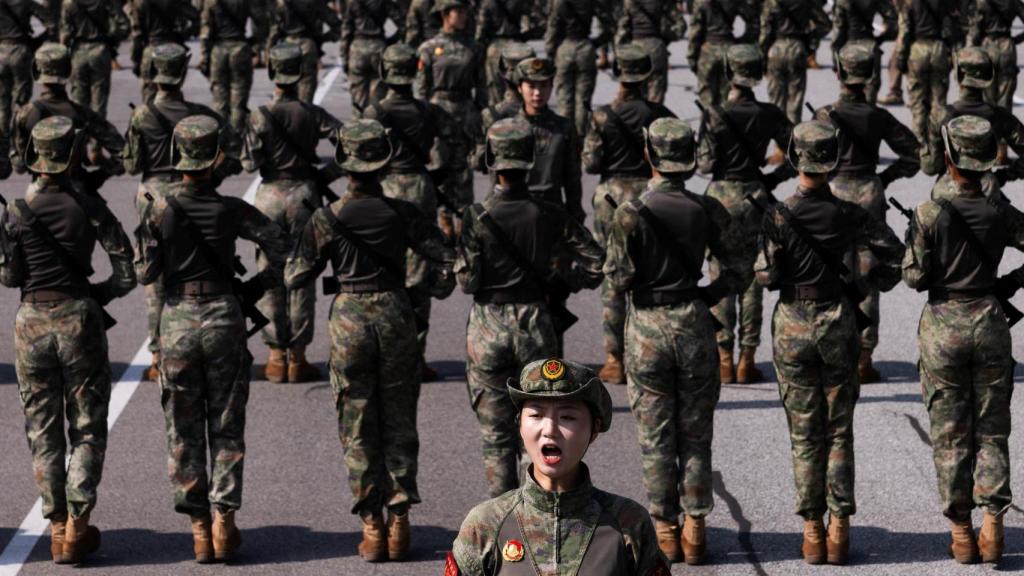
Training for a military parade commemorating the 80th anniversary of the end of World War II, in Beijing.
Reuters
The analyst Rowan Callick (aspi) He adds that “for Xi, modernizing the Party’s military means ensuring that, especially its leadership, fully responds to the Party’s evolving ideology and leadership instructions.”
In a feverish internal environment and with huge acquisition budgets, it is logical to see a “continuous turnover of personnel,” adds this expert.
That is, the forced mobility It would not be a cyclical anomaly, but rather a structural feature of Xi’s model, which requires ideological alignment with spending control.
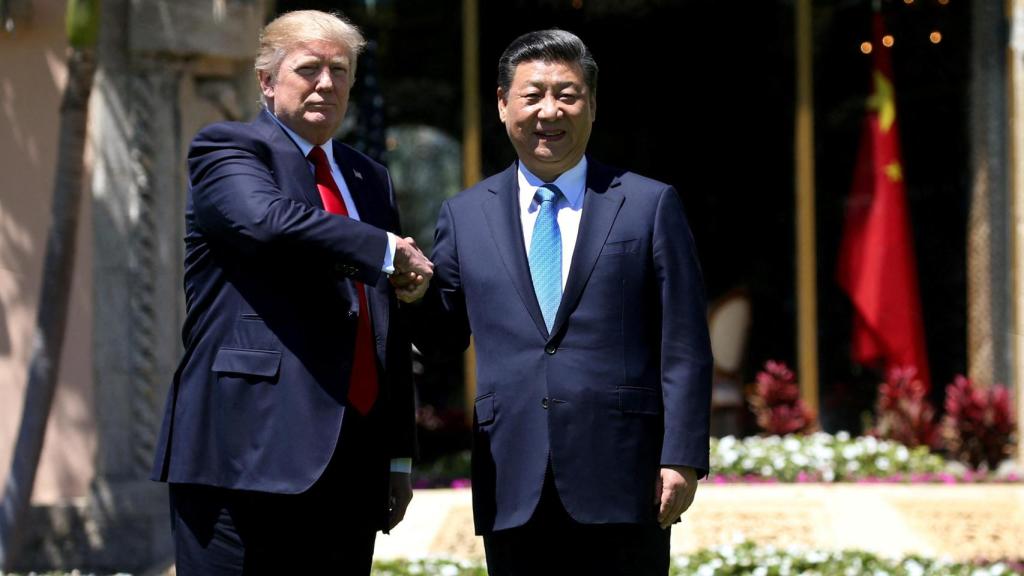
US President Donald Trump with Chinese President Xi Jinping.
Reuters
Meeting with Trump
The photo of the two most powerful global leaders is not an empty gesture. The White House has confirmed the meeting for October 30 in Busanwithin the Asian tour of the Republican leader.
The meeting will serve to test whether there is room for a tactical brake on the trade battle or whether they enter into a new escalation of reciprocal coercion. The negotiation with Trump It will be transactional.
Trump It comes with two powerful instruments: a 10% tariff floor invoked by national emergency (IEEPA) since April; and the threat of rising to 100% in sensitive sectors if Beijing does not give in on technology and trade balances.
The negotiation is simple and a already seen Trumpian: Washington offers to ease or pause tariffs in exchange for China limiting its exports of electric cars, batteries and solar, that it accepts limits and guarantees on chips and software of American origin, and grants some specific licenses as a gesture.
Beijing, for its part, has closed ranks on a front where it hurts Washington the most: critical minerals and permanent magnets, crucial to American defense, as explained Gracelin Baskarandirector of the CSIS Critical Mineral Security Program.
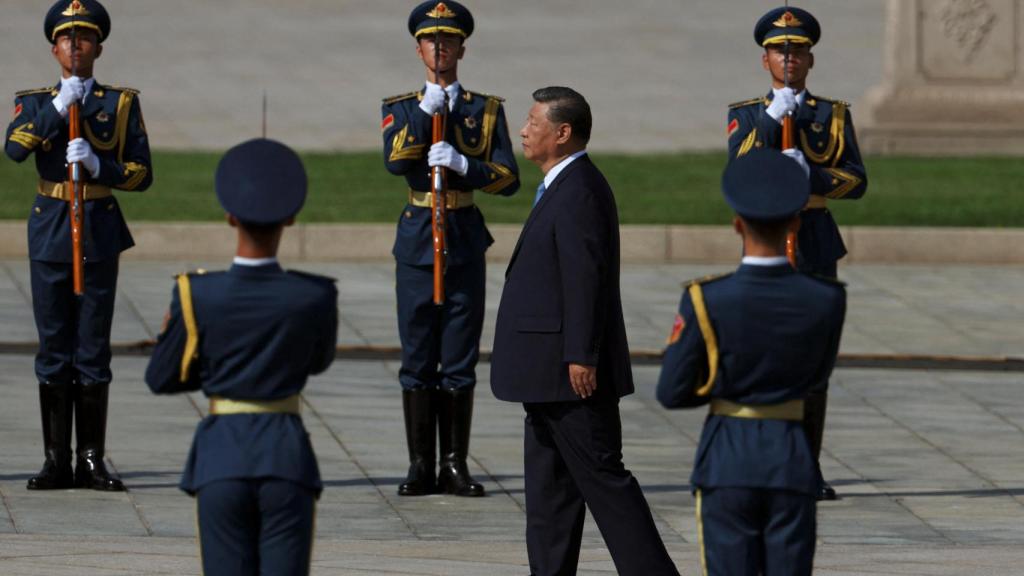
Chinese President Xi Jinping during the Martyrs’ Day parade on September 30.
Reuters
The restrictions on your exportannounced on October 9, are linked to its final use, and is a regulatory weapon that transfers uncertainty downstream to the entire western chain and makes alternatives outside China more expensive.
In this sector, China was more than a decade ahead of the US and the EU in the extraction, processing and manufacturing of rare earth magnetsinvested heavily with public money and cheap credit, even when it was not profitable in the short term. “China started early, invested heavily and gained traction at every link in the chain.
The West can still competebut only “if you stop confusing awareness with action,” he explains to this newspaper. June Teufel Dreyerprofessor of the University of Miami.
According to her, the West has been chaining reports and alertsy what is missing are plants, permits and public budgetor to process and manufacture.
The new Chinese five-year plan does just that: it absorbs internal demand for rare earths to give volume and stability to its factories and, in addition, regulates export by end use, turning licenses into geopolitical leverage.
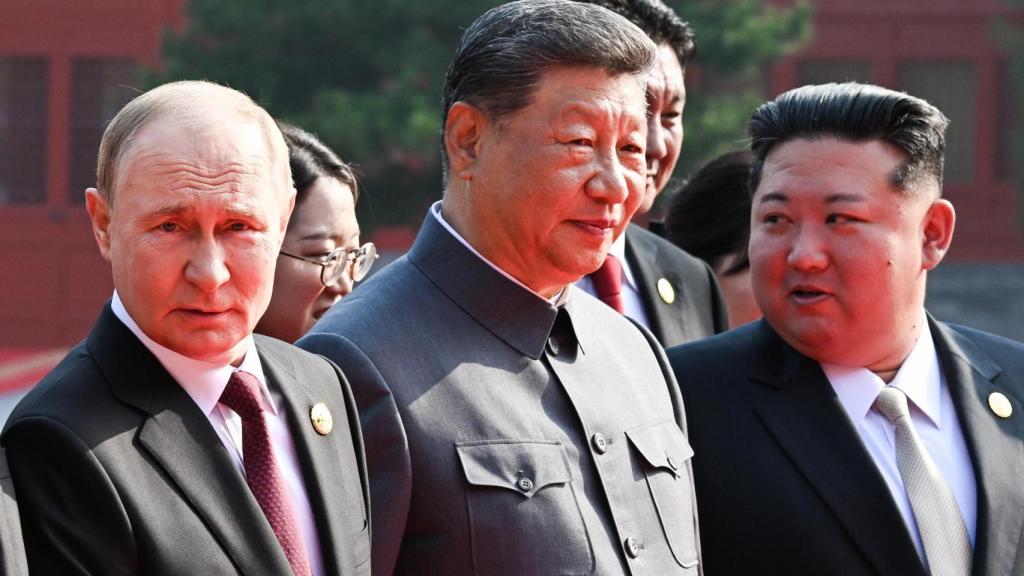
Russian President Vladimir Putin; Chinese President Xi Jinping; and North Korean leader Kim Jong Un (from left to right); together before China’s Victory Day military parade.
Europa Press
He success of the 2027-30 plan will be measured by more domestic manufacturing in critical sectors, such as chips, materials and machinery; with maintaining the advantage in electric cars, batteries and solar, diverting towards third countries which slows down the G7, and in tightening control in purchases and audits in the military industry. China does not close, but it reduces vulnerabilities and raises the technological level.
There are also risks. The constant rotation of military commanders It can stop the programs and uncoordinate the chains. The economy China is going very fair, with forecasts of 4-5%, very weak consumption and a tense local debt that requires surgical subsidies.
Abroad, more measures are expected antidumpinglawsuits in the WTO and controls on Chinese investment. China plays the long gamewithout a democracy to hinder their plans. If the West wants to competeyou will have to move from speeches to production.
The post China awaits Donald Trump’s visit with a five-year plan tailored to the trade war and a mysterious military purge appeared first on Veritas News.
